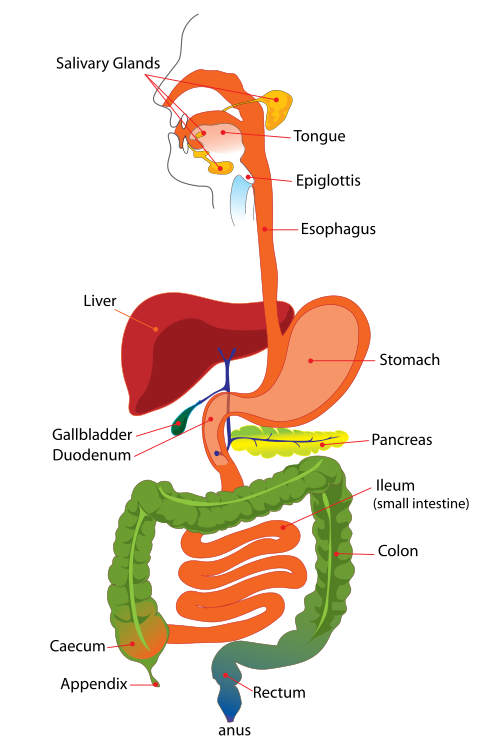Our Bodies - The Circulatory System
The circulatory system transports nutrients and waste around the body in the blood. The heart pumps the blood through the arteries and veins, around the body.The arteries take the blood, full of oxygen away from the heart. The veins take the blood back to the heart to be pumped to the lungs to get more oxygen.
The capillaries are small and have thin walls to let the food and oxygen pass through to the muscles and to let the waste from the body pass back into the blood.
The circulatory system is made up of the heart and blood vessels known as arteries and veins. The heart pumps blood throughout your body through the blood vessels. Blood delivers oxygen and nutrients to cells and carries away carbon dioxide and other waste materials.
SEE : Our Bodies - Human Organ Systems


.jpg)
.jpg)



